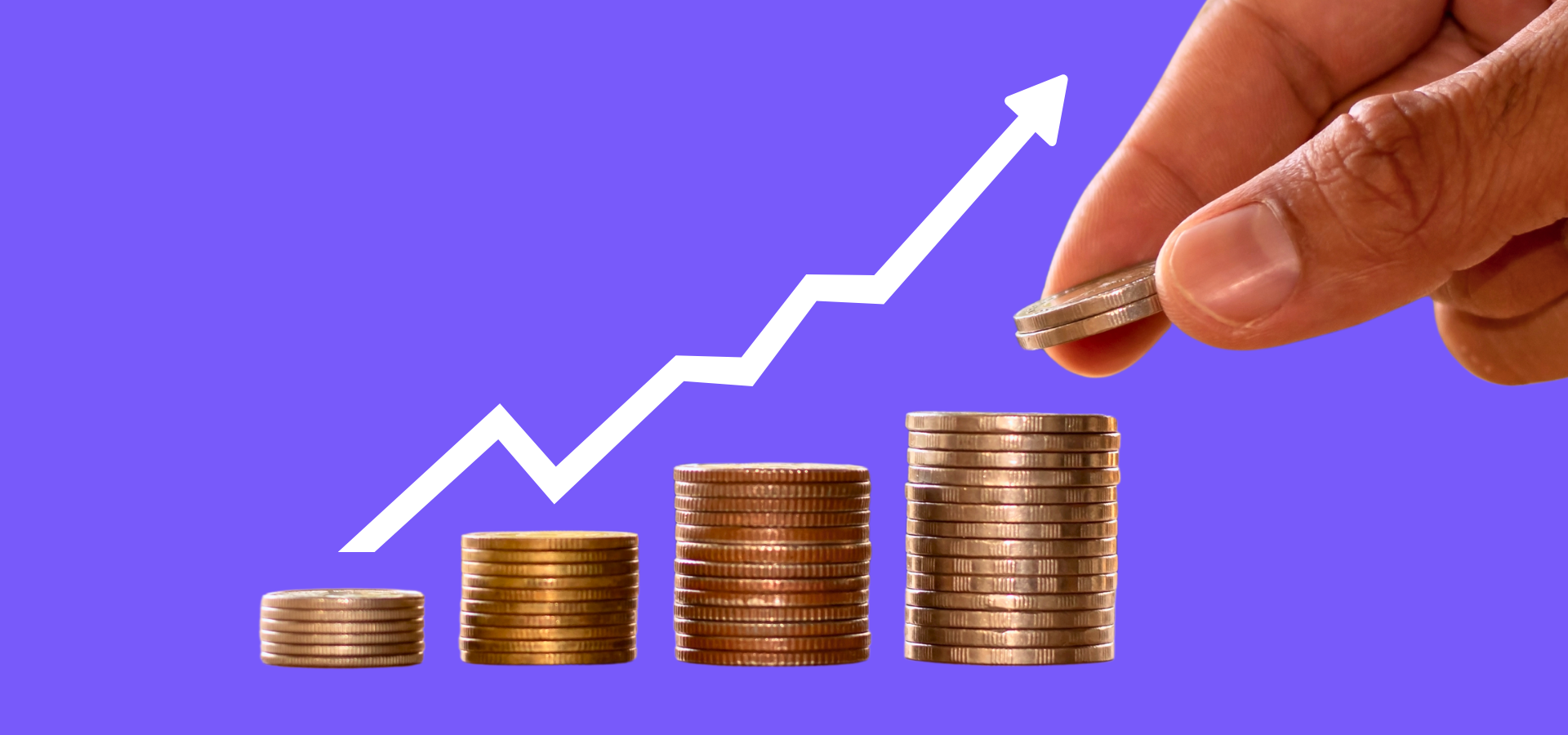A graduate student in history sits nervously for his final oral exam. The examination has been a rollercoaster of hits and misses, and the tension in the room is palpable. One of the panel members, looking over his glasses with a stern gaze, leans forward and says, “This is your last question. Answer correctly, and you pass.” The student gulped, nodding anxiously.
The examiner asked in a solemn tone, “Describe the impact of the French Revolution on European political dynamics.”
The student paused, his mind racing through dates, events, and treaties. He rubbed his chin thoughtfully and replied, “It’s too soon to tell.”
It seems like everyone writes a “things to watch in 2024” article, so I thought I would too. However, I didn’t want to cover the obvious things like “AI,” “interest rates,” or “inflation.” These are important and are likely to significantly impact economic activity in 2024, but they are obvious. Instead, I wanted to find things that, like the joke that absurdly suggests it’s still too early to evaluate the impact of an event that reshaped Europe over two centuries ago, are subtle – yet significant – enough that while I can’t predict the impact, I think they are worth watching because they could have an impact.
The Power of Seemingly Minor Influences
Have you ever heard of the term “butterfly effect”?
It’s derived from chaos theory and posits that the mere flap of a butterfly’s wings might set off a chain of events leading to significant changes in a distant place, like causing a storm. This analogy is particularly apt when considering the nuances of consumer behavior, where seemingly minor influences can lead to substantial shifts in market dynamics. Just as the subtle flutter of a butterfly can alter the course of weather patterns, small changes in consumer environments can ripple through the market.
When examining consumer behavior, especially through the lens of behavioral economics, it’s important to understand that consumers often don’t act in the rational, self-interested ways classical economics would predict. Instead, their decisions are swayed by a myriad of psychological, social, and emotional factors, making their behavior less predictable and more susceptible to seemingly minor influences.
We know, for example, that a butterfly flapping its wings isn’t going to cause a storm, but what we don’t know is that the butterfly flapping its wings might influence something else, which in turn influences something else, and so on until a seemingly simple, random event does create a significant impact. Small changes in circumstances, combined with the inherent irrationality of consumer decision-making, can lead to significant and sometimes surprising shifts in market dynamics. The complexity of these behaviors is further compounded by social factors, like the influence of peers and trends, and emotional responses, like stress or the pursuit of happiness. All these elements interact in intricate ways, making the task of predicting consumer behavior both challenging and fascinating.
As we look ahead to 2024, understanding these subtleties will be key to anticipating the next wave of consumer trends, highlighting the importance of not just observing what consumers are doing but delving deep into why they are doing it.
Three Things You May Not Have Noticed . . .
1. Return to Office is Picking Up Speed
Bloomberg offers the Kastle Systems Index, which tracks building occupancies in 10 major metro areas. While not an exact science, the index does help directionally identify occupancy. In 2023, more than half of the workers in major US cities made a return to the office. Add in survey results from ResumeBuilder that indicate 90% of companies will return to the office in 2024, and suddenly you’ve got the recipe for a change in consumer behavior:
Reduced Time for Personal Errands:
With less time available for personal activities due to office hours, consumers may find their shopping habits changing. The flexibility to run errands or shop during what used to be a work-from-home day is now replaced by a need to fit these tasks into evenings or weekends, potentially leading to a shift towards online shopping and delivery services.
Work Wardrobe Revival:
The demand for formal and semi-formal work attire, which dwindled during remote working, is likely to see a revival. This shift could lead to a noticeable change in the fashion retail sector, with more consumers shopping for office-appropriate clothing, especially as clothing prices continue to drop.
2. The Impact of Buy Now Pay Later
According to Adobe Inc., Buy Now Pay Later (BNPL) offerings helped fuel a record start to the holiday shopping season in the US, and with good reason. In the classic BNPL arrangement, a customer purchases a product in installments and essentially receives a zero-interest loan (unless they pay late).
Some hail BNPL as a revolution in household finance, while others point out it’s another way to get overextended shopping addicts into more trouble. It really is too soon to say which side is right, but it’s not too soon to say that BNPL is changing consumer behavior:
Shift in Spending Patterns:
Consumers might opt for BNPL for everyday purchases, shifting from using credit cards or depleting savings. This could lead to more frequent but smaller transactions, as BNPL makes it easier to manage cash flow over time for consumers. Retailers may have to adjust their marketing and sales strategies to cater to the BNPL trend, including tailored marketing campaigns and a re-evaluation of pricing structures to accommodate this payment model.
Increased Consumer Purchasing Power:
BNPL can temporarily enhance consumers’ purchasing power, enabling them to buy higher-priced items that they might not otherwise afford in a single payment. This could lead to a surge in demand for certain products, particularly in electronics, fashion, and home goods.
3. The Rise of Health and Wellness Technology
The health and wellness technology sector has been quietly gaining momentum, particularly in 2023. With an increased focus on personal health and well-being, consumers are turning to technology for solutions, potentially leading to significant changes in consumer behavior and business strategies in 2024:
Increased Adoption of Wearable Devices:
Wearables like fitness trackers, smartwatches, and health monitoring gadgets have seen a surge in popularity. These devices not only track physical activity but also monitor vital health metrics, sleep patterns, and even mental health indicators. The adoption of telehealth services, accelerated by the pandemic, continues to grow. Consumers are increasingly comfortable with virtual doctor visits, online consultations, and digital health monitoring, expanding the scope of healthcare technology. The integration of devices into telehealth services is likely to create ongoing demand for health and wellness in 2024.
Growth in Wellness Apps:
There’s been a notable rise in the use of wellness apps, offering everything from guided meditation and mindfulness to diet tracking and personalized workout plans. These apps cater to a growing consumer desire for convenient, at-home wellness solutions. Consumers may allocate more of their budget to health tech products and services, potentially at the expense of traditional gym memberships or in-person wellness services.
Is It Really Too Soon to Tell?
As we stand on the threshold of 2024, it’s clear that the subtle yet significant shifts in consumer behavior observed in 2023 are set to play a pivotal role in shaping the consumer landscape. These trends, often overshadowed by more conspicuous market movements, are indicative of deeper changes and underscore the importance of looking beyond the obvious.
It’s why having us as your agency is so important. At Havas Edge, we explore the complex interplay of various factors that drive consumer decisions, and we help our clients adapt to these evolving patterns. Our entire structure is designed around recognizing and responding to these nuanced shifts, ensuring our strategies are as dynamic and multifaceted as the consumers they aim to engage.
These are just a few of the seemingly small events of 2023 that may be poised to create an impact in 2024. Events, no matter how small, can impact consumer behavior. So, is it too soon to tell if these considerations will have an impact in 2024? Ask me this time next year, and maybe, just maybe, I’ll have an answer.




